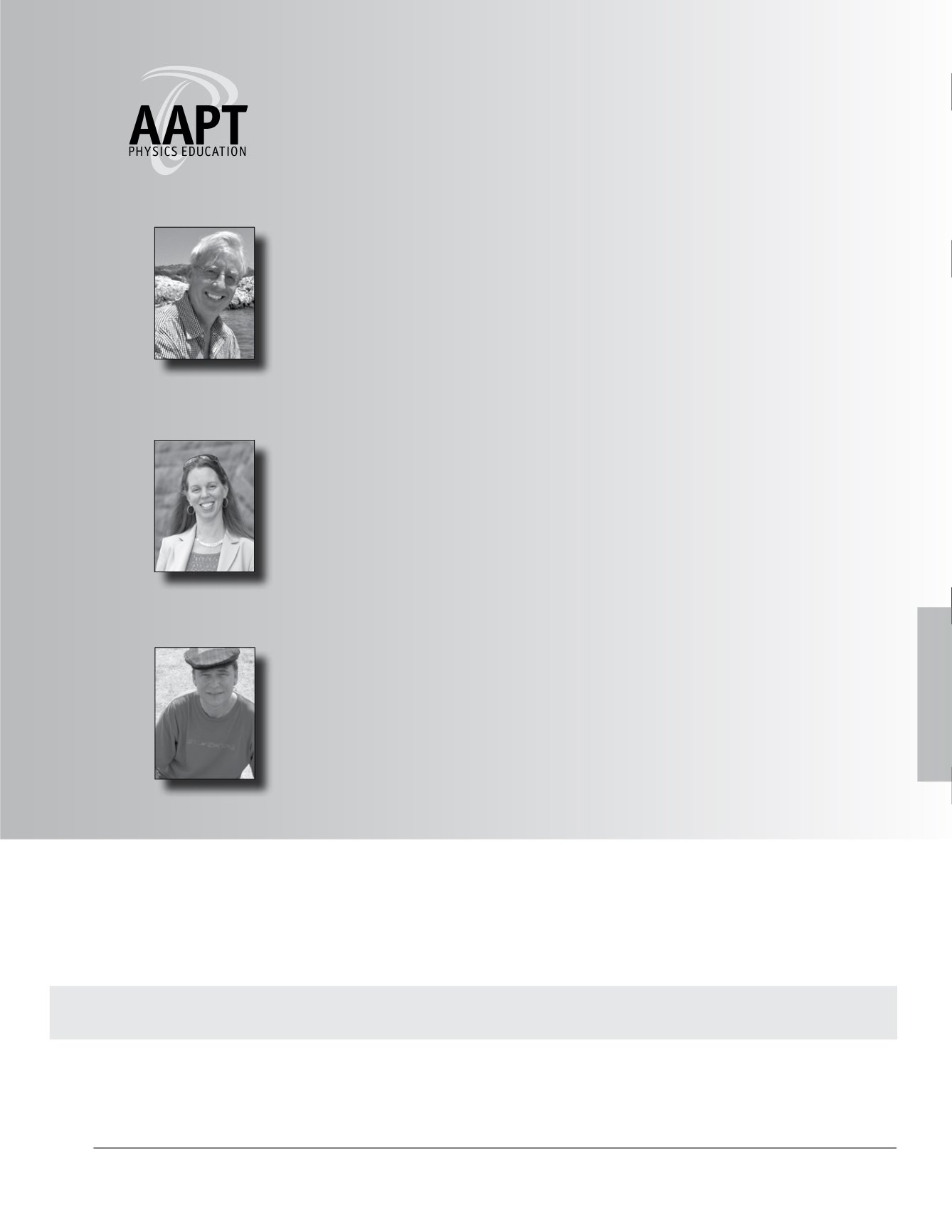
111
July 26–30, 2014
Tuesday afternoon
APS Plenary: Sponsored by the Division
of Particles and Fields
Location: Northrop Auditorium
Date: Tuesday, July 29
Time: 3:30–5 p.m.
Presider: Ken Heller
1. Physics at the CERN Large Hadron Collider, the Past, the Present
and the Future
Roger Rusack, School of Physics and Astronomy, University of Minnesota
Physicists working at the Energy Frontier using the Large Hadron Collider (LHC) at CERN announced
last year the observation of the Higgs boson at 125.6 GeV. I will tell a small part of the story of what we
did to be able to make that announcement and discuss what is happening now at the LHC as we get ready
to start data taking at double the collision energy. I will also speak about the plans for the future and pos-
sibilities that lie ahead.
2. Explorations in the Cosmic Frontier: Shedding Light on the Dark?
Lucy Fortson, School of Physics and Astronomy, University of Minnesota
The last decade has seen an amazing investment in instruments in particle astrophysics. These experi-
ments are exploring the “cosmic frontier” in an effort to find the answers to some of the biggest ques-
tions in physics: What is Dark Energy? What is the nature of Dark Matter and what is it going to take to
discover it? What is the physics of the high-energy Universe and where do the highest-energy cosmic rays
come from? In this round-up of the cosmic frontier, I will review what we are learning about these “big
questions” with a focus on some of the progress made in the effort to detect Dark Matter, both with direct
detection experiments such as CDMS and indirect detection through the use of very high-energy photons
observed by VERITAS. Along the way, I will touch on topics such as the characteristics of Nature’s particle
accelerators – astrophysical jets emanating from supermassive black holes at the centers of active galaxies
and how we can use their emissions as probes of the existence of a specific Dark-Matter candidate-Axion-
like particles.
3. The Turn of the Screw: A Chilling Ghost Story of Nature’s Most
Unusual Fermion
Dan Cronin-Hennessy, School of Physics and Astronomy, University of Minnesota
The Standard Model of particle physics is arguably the most successful theory ever and yet we still do
not have a proper theory of flavor. Working at the Intensity Frontier, the flavor oscillations of neutrinos
provide crucial information concerning mass, mixing, and the matter/anti-matter asymmetry of our
Universe. I will review several of the most active areas of particle physics that exploit the neutrinos’ unique
properties in order to advance our knowledge of fundamental laws.
Rioger Rusack
Lucy Fortson
Dan Cronin-
Hennessy
Register today for the 2015 AAPT Winter Meeting for significant savings!


